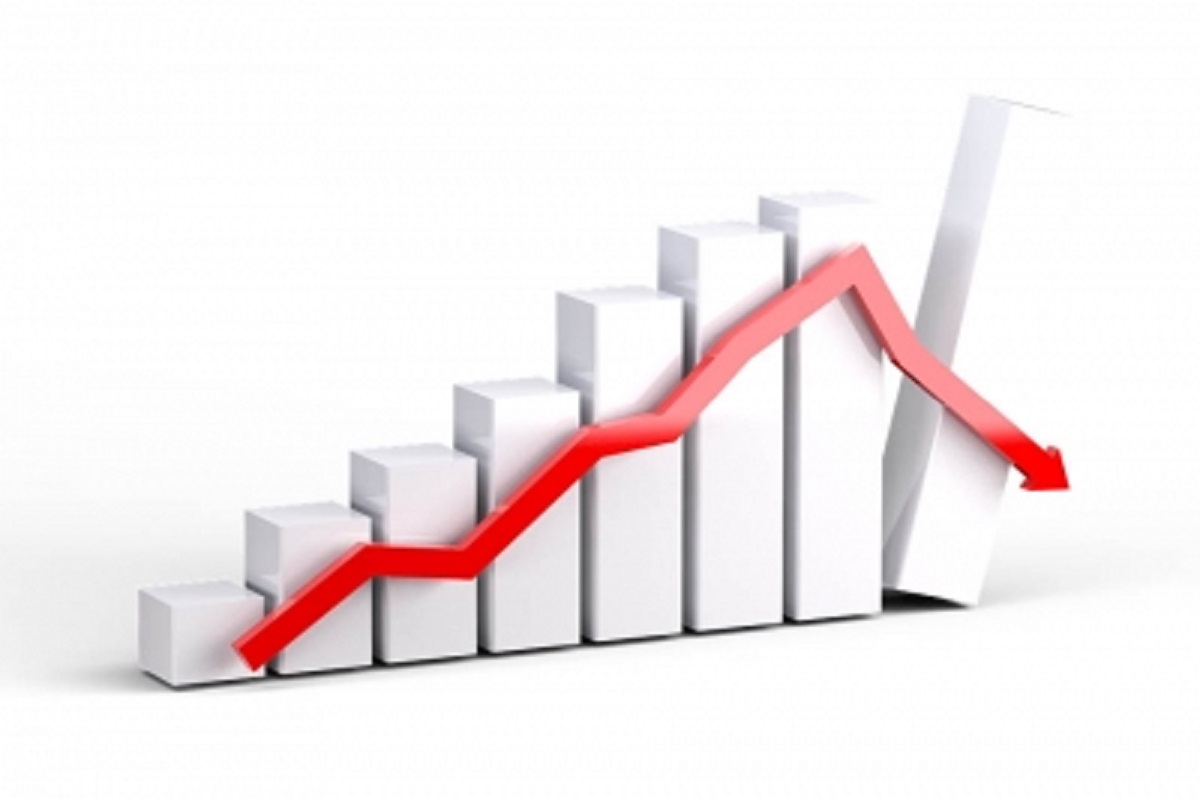India is facing a mixture of factors that may shake its sovereign credit metrics and amid external turbulence, its foreign exchange reserves are falling, while the current account deficit is rising, said S&P Global Ratings on Wednesday.
Under more severe economic conditions, a few factors could have the potential to put pressure on its BBB-/Stable/A-3 sovereign ratings on India, S&P Global Ratings said.
Advertisement
While the Indian economy is battling inflation and tightening financial conditions both at home and globally, the strong economic growth is counterbalancing the high fiscal deficits and debt burdens.
India’s sound external balance sheet helps to buffer against global market turbulence, the report said.
The rating agency predicted India’s current account deficit to go up to 3 per cent of gross domestic product (GDP) this fiscal from 1.6 per cent of GDP last year owing to increased import bill.
According to S&P Global, if the commodity prices stabilise at the current levels through 2023 and decline further after that, then the pressure on the current account will reduce gradually through fiscal 2026.
“Nevertheless, if its current account deficit remains higher for longer, compared with our current base case forecasts, that would impinge on India’s external balance sheet,” the report notes.
Although India is a modest net external creditor currently, it may return to a small net external debt position.
However, this contingency alone is unlikely to add material downside pressure to our sovereign ratings on India.
India is also likely to continue benefiting from the active use of its currency in international transactions and the government’s ability to fund itself via deep local currency debt market, the report said.
Expecting the Reserve Bank of India’s (RBI) policy rate to end fisc al 2023 at 5.9 per cent, the report said higher rates and faster price increases could soften near-term growth momentum.
At the same time, the rise in rates is pushing up the cost of government funding. So far this year, the yield on the Indian government’s two-year bonds has risen by about 230 basis points (bps) in the secondary market, to around 7.3 per cent, S&P Global said.
A stress scenario assuming consumer price inflation and benchmark interest rates surpassing our current forecasts by 300 bps and 250 bps, respectively, for an extended period of time, could put more pressure on the sovereign ratings, the report said.
“We believe a deeper global economic slowdown than we currently anticipate could have an adverse impact on India’s economic performance in fiscals 2023 and 2024. Potential channels of risk for India include tighter global monetary conditions, prolonged high inflation, and poor investment or consumer sentiment both at home and abroad,” said S&P Global.
The credit rating agency also said given Indian economy is domestic oriented, a downshift for an extend time will not happen.
“Still, in the event of a prolonged downturn in real and nominal GDP growth, material downward pressure on the sovereign ratings could emerge, especially if large government deficits are left unchecked,” S&P Global said.
India’s general government deficits average well above 7 per cent of GDP annually, and its debt stock stands at about 86 per cent of GDP on a net basis. These metrics, along with its high interest burden, contribute to very weak assessments of India’s fiscal health, S&P Global said.











